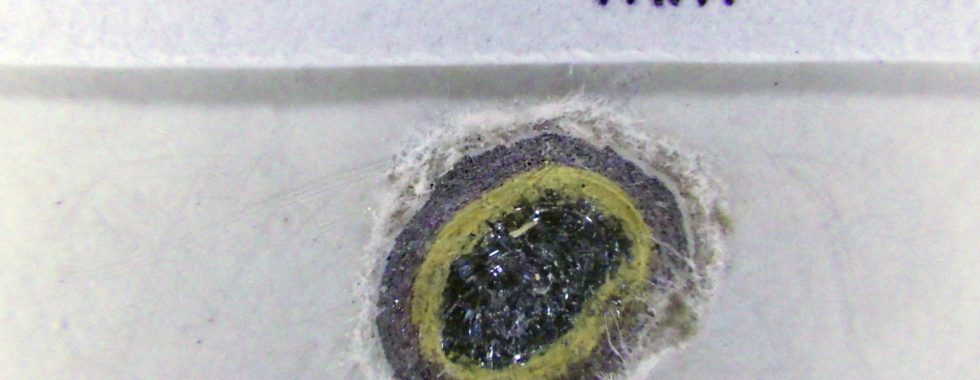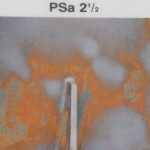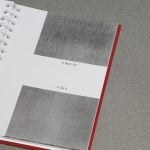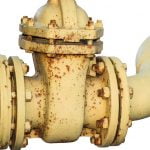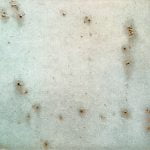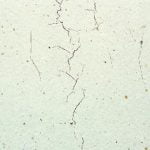A photograph is worth a thousand words…
Capturing good quality images can be integral in identifying a coating failure or defect as part of a survey. So, to ensure you get it right, there are important considerations to bear in mind when out and about on location with a camera.
These days, most coating surveyors use digital cameras for their work. Easy-to-use, these cameras are effective for capturing images that can be reviewed immediately onsite. They can also store a high volume of pictures on a memory card that can be reviewed later or printed off on a home or office printer.
When considering a camera for a survey, a compact one with a good zoom feature is the preferred option. The focal length of the lens is important, allowing you to capture an image of the coating in the wide angle and close up where the angle of view varies with the focal length. Specifically, in these instances, wide angle shots provide a balanced view of the condition of the coating and close ups provide details of the breakdown/defects.
When it comes to taking actual photos as part of a survey, there are some important points to factor in:
- Quality rather than quantity: a small number of good quality images is always preferable to a large selection of poor-quality ones
- Obtain a selection of close-ups and distance views for comprehensive analysis and review
- Make sure the inbuilt date and timer are correct and function properly – and remember to adjust these if you are carrying out a survey in a different time zone
- The location of the photograph should always be recorded and where possible, the actual item itself, or section of coating, that’s under investigation
- Consider patterns/trends of coating failure – and make sure your pictures clearly show these, accompanied with descriptive notes/narrative
- Make sure that the inbuilt flash is powerful enough to illuminate large spaces or cover long distances
Consider too the impact of humidity levels and temperature changes (condensation on the lens) when working with a camera – and don’t forget to make sure images include an indication of scale, if appropriate. You should also ensure that you have permission to take photographs and that a detailed description of the type and extent of the editing software package used is included in the final report.
Comprehensive advice and tips about photography is available at Fitz’s Atlas of Coating Surveys at fitzsatlas.com

